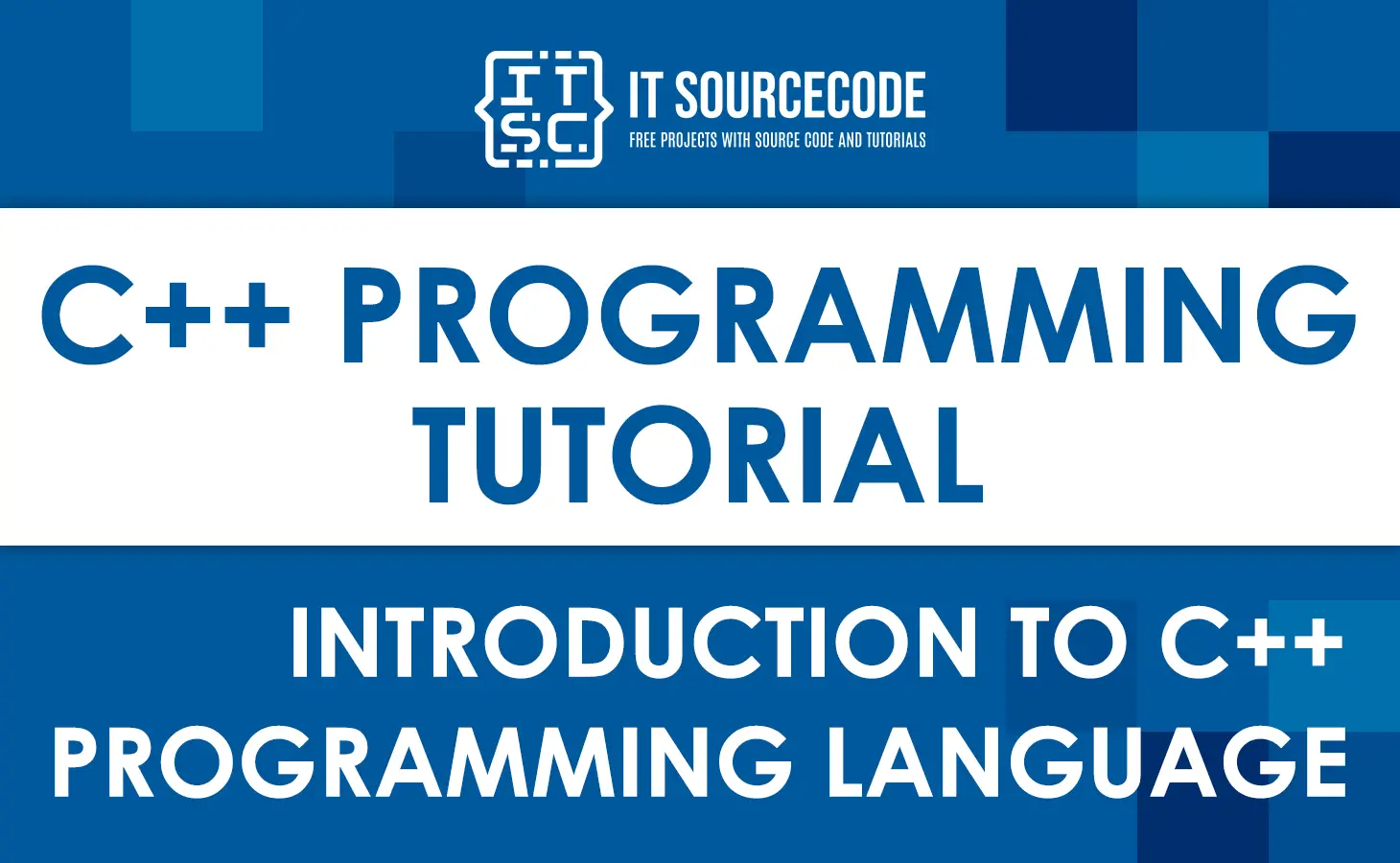What is an Introduction to C++ Programming?
Introduction to C++ is an object-oriented programming language that offers programs a clear structure and enables code reuse, thereby reducing development costs.
C++ is portable, so it can be used to make apps that can run on many different platforms.
C++ is a general-purpose programming language that was created by adding the object-oriented paradigm to the C language.
It is a compiled and imperative language.
Additionally, C++ is a middle-level language, which means it can be used to make both low-level (like drivers and kernels) and high-level (like games) programs (games, GUI, desktop apps, etc.).
Both C and C++ have the same syntax and code structure at their core.

What is C++ in Programming Language?
Many consider the object-oriented programming (OOP) language C++ to be the best for developing large-scale applications.
Moreover, C++ is a subset of the C programming language.
Additionally, C++ is similar to the Java programming language, although the Java programming language is geared for the distribution of program objects across a network such as the Internet.
- C++ (pronounced as “see plus plus”) is an extension of the programming language C.
- Bjarne Stroustrup first developed C++ in 1979 at Bell Laboratories in Murray Hill, New Jersey.
- Initially, Bjarne Stroustrup referred to the new language as “C with Classes.” However, the name was changed to C++ in 1983.
- C++ is an intermediate programming language.
- C++ is a general-purpose, statically typed, compiled, case-sensitive, free-form programming language that supports procedural, object-oriented, and generic programming.
Important Features and Key Points
Some of the most important features and points to remember about the programming language are:
Simple
It is an easy language to learn because programs can be broken down into logical operators and parts; it has a lot of library support; and there are many different data types.
Platform Dependent but machine-independent
A C++ executable is not platform-independent (programs compiled on Linux won’t run on Windows), but it is machine-independent.
Mid-level language
It is a middle-level language because we can use it to program both systems (drivers, kernels, networking, etc.) and large-scale user apps (Media Players, Photoshop, Game Engines, etc.).
Rich library support
It has both standard libraries (built-in data structures, algorithms, etc.) and third-party libraries (such as Boost libraries) that make development fast and easy.
Speed of execution
C++ programs are the best at how quickly they run. Since it is compiled and has a lot of procedures, it is a procedural language.
Some of the extra features built into newer languages, like garbage collection, dynamic typing, etc., make it take longer to run the program as a whole.
Since C++ doesn’t have any extra processing costs like this, it is very fast.
Pointers and direct memory access
C++ has support for pointers, which helps users change the storage address directly.
This helps when writing low-level code (where one might need to have explicit control over the storage of variables).
Object-Oriented
One of the best aspects of the language and what distinguishes it from C.
Object-oriented support helps C++ make programs that are easy to maintain and can be added to.
That is, big applications can be made. As the size of the code grows, it gets harder to keep it up to date.
Compiled Language
The fact that C++ is a compiled language helps it run quickly.
Applications of C++
C++ is used in a wide range of applications, including:
- Operating Systems & Systems Programming. e.g. Linux-based OS (Ubuntu etc.)
- Browsers (Chrome & Firefox)
- Graphics and Gaming engines (Photoshop, Blender, Unreal-Engine)
- Database Engines (MySQL, MongoDB, Redis etc.)
- Distributed Systems/The Cloud
Some interesting facts about C++
Here are some fascinating facts about C++ that may interest you:
- The name “C++” shows that the changes from “C” were made over time. The “++” is the C increment operator.
- C++ is one of the most popular programming languages for making all kinds of technical and business software.
- Object-oriented programming is something that C doesn’t have, but C++ does. C++ supports the four main features of Object-Oriented Programming (OOP): encapsulation, polymorphism, abstraction, and inheritance.
- The OOP parts of C++ came from the programming language Simula67.
- A C++ program must have at least one function to run. At least the function main().
Conclusion
The main focus of this session, Introduction to the C++ Programming Language, was to get deeper into what C++ is as a programming language, its applications, and some interesting facts about C++.
In the upcoming tutorial, we will study the features of the C++ language in detail.
That’s it! The introduction to the C++ programming Tutorial For Beginners is now complete!
You know that it’s fun and easy to learn how to program in C++.

